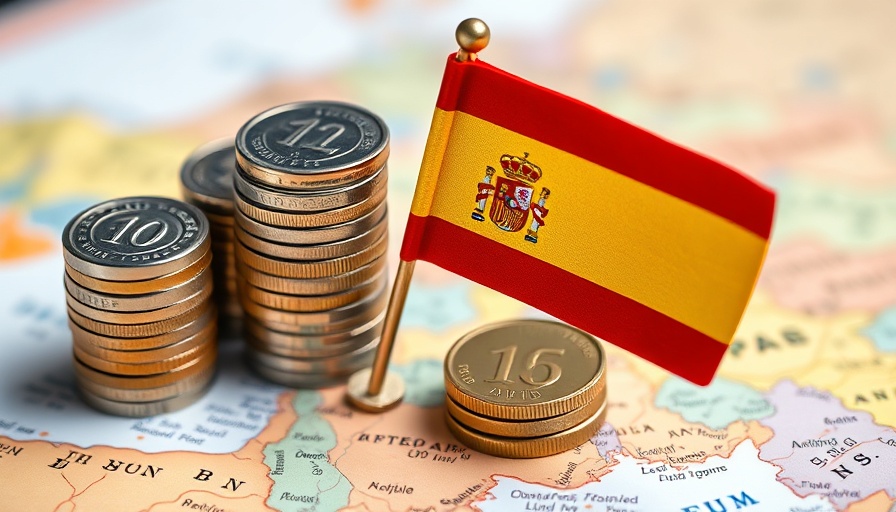
The Tourism Boom: A Double-Edged Sword for Spain
Spain’s tourism nimbly dances on a fine line: embracing the economic flourish brought by a massive influx of international visitors while grappling with the stark realities it casts upon its local communities. As projections soar toward an anticipated 100 million foreign tourists by 2025, the picturesque coastal towns are slowly becoming unrecognizable to their native residents. With tourism contributing a remarkable 13% to Spain’s GDP, local voices are growing louder amidst rising prices and decreasing access to the very paradises they call home.
Coastal Overcrowding: A Local's Lament
The kaleidoscope of vacationers flooding Spain’s coastal jewels brings both excitement and turmoil. Data from inAtlas reveals a dramatic dip in domestic tourism, noting 800,000 fewer Spanish tourists last year. While foreign travelers have flocked in greater numbers, many locals feel pushed aside as they navigate soaring costs. Just as popular beach towns bloom with international energy, local families find themselves priced out of their cherished enclaves. For many, summer memories at the beach with family are fading dreams, swallowed by foreign visitors' higher budgets.
Skyrocketing Prices: What’s at Stake?
The numbers paint a troubling picture; hotel rates and rentals have shot up a staggering 23% and 20.3% respectively in just a few years. As beachfront properties become monopolized and scheduled out early, the common Spanish family faces diminishing chances to experience their beloved summertime rituals. José María Basáñez of Tecnitasa captures the sentiment when he states: “It’s increasingly hard for Spanish residents to afford a slice of their own coastline.” This conundrum isn’t just about finances; it echoes deeper cultural grievances as traditions entwined with coastal culture grow ever more elusive.
Shifting Tourism Patterns: The Call for Balance
In response to growing tensions, the Spanish government is casting a broader net on tourism by promoting inland vacations. This strategic pivot aims to alleviate the burden on coastal areas and invigorate the country’s lesser-known destinations. As Tourism Minister Jordi Hereu stated, there is an urgent need to "decentralize our destinations". Highlighting options off the beaten track may nurture a more sustainable form of tourism that respects local communities.
Classes & Connections: An Emotional Appeal
Feeling disconnected from the coastal paradises they once frequented, many Spaniards carry a heavy heart. Summer family trips to the beach are integral to Spanish culture; they represent not just leisure but connection, heritage, and shared joy. As locals watch international visitors luxuriate on the sands, a profound sense of exclusion festers. This emotional toll is a reminder that our travel habits impact more than just economic equations—they influence the fabric of community life itself.
Empowering Change: A Call for Responsible Tourism
For individuals passionate about sustainable travel, it's time to consider responsible tourism practices that put community interests at the forefront. Supporting local businesses, being mindful of accommodation choices, and preserving the cultural heritage of regions are steps potential travelers can take. In doing so, visitors can enrich their experiences while honoring the landscapes they explore.
Conclusion: Bringing Balance to Tourism
Lorem ipsum dolor sit amet, consectetur adipiscing elit. Proin eget vehicula libero, a lacinia felis. Aliquam et lacus ante. Aenean eu faucibus urna. Sed id aliquam magna, non volutpat nulla. As this tourism wave rushes into Spanish sands, action is essential. Communities can implement practices that safeguard local culture while still embracing tourism's economic benefits. Those embarking on travels can choose paths that intertwine joy and responsibility, ensuring that cherished coastal memories are preserved for generations to come.
 Add Row
Add Row  Add
Add 




Write A Comment